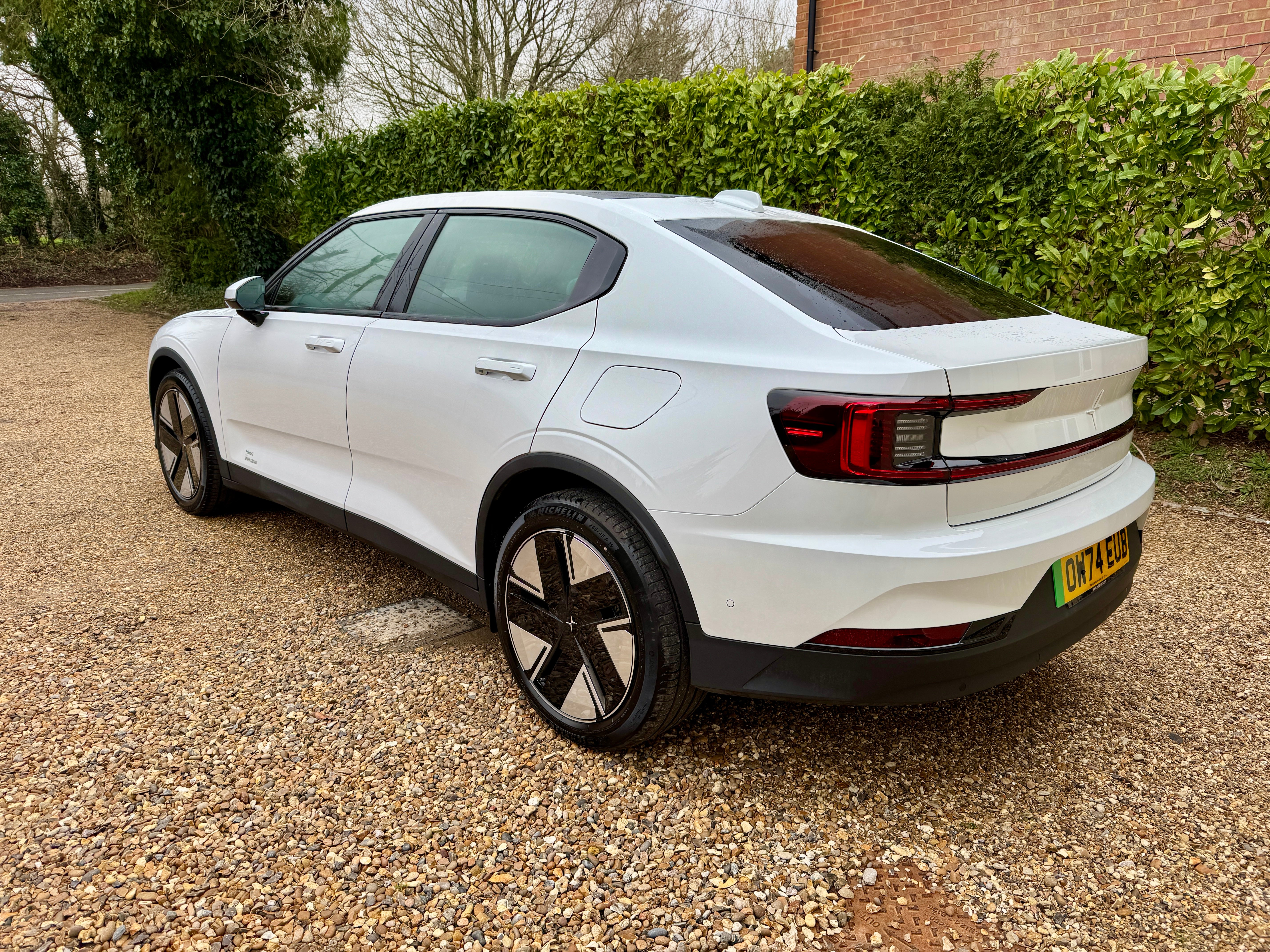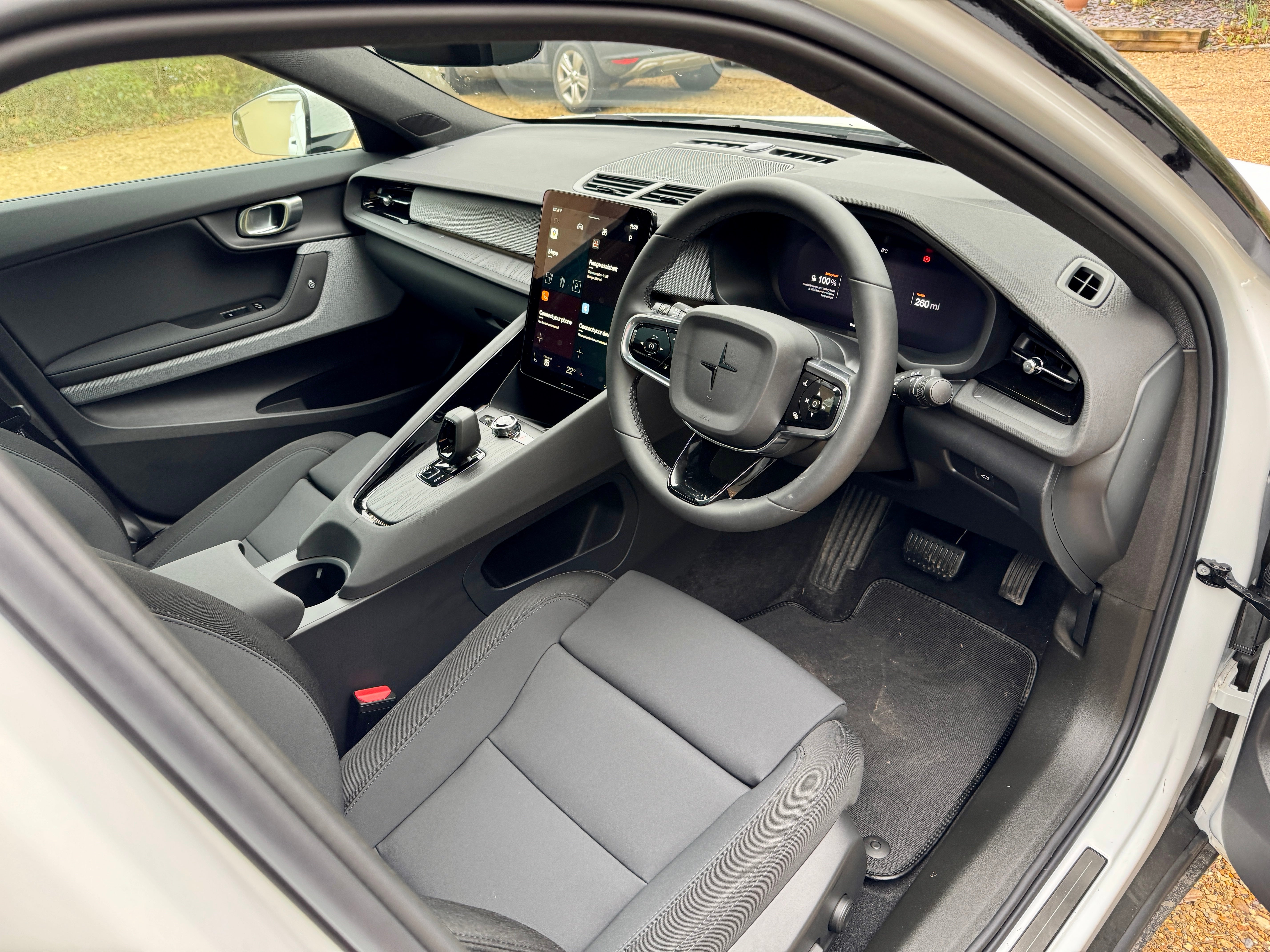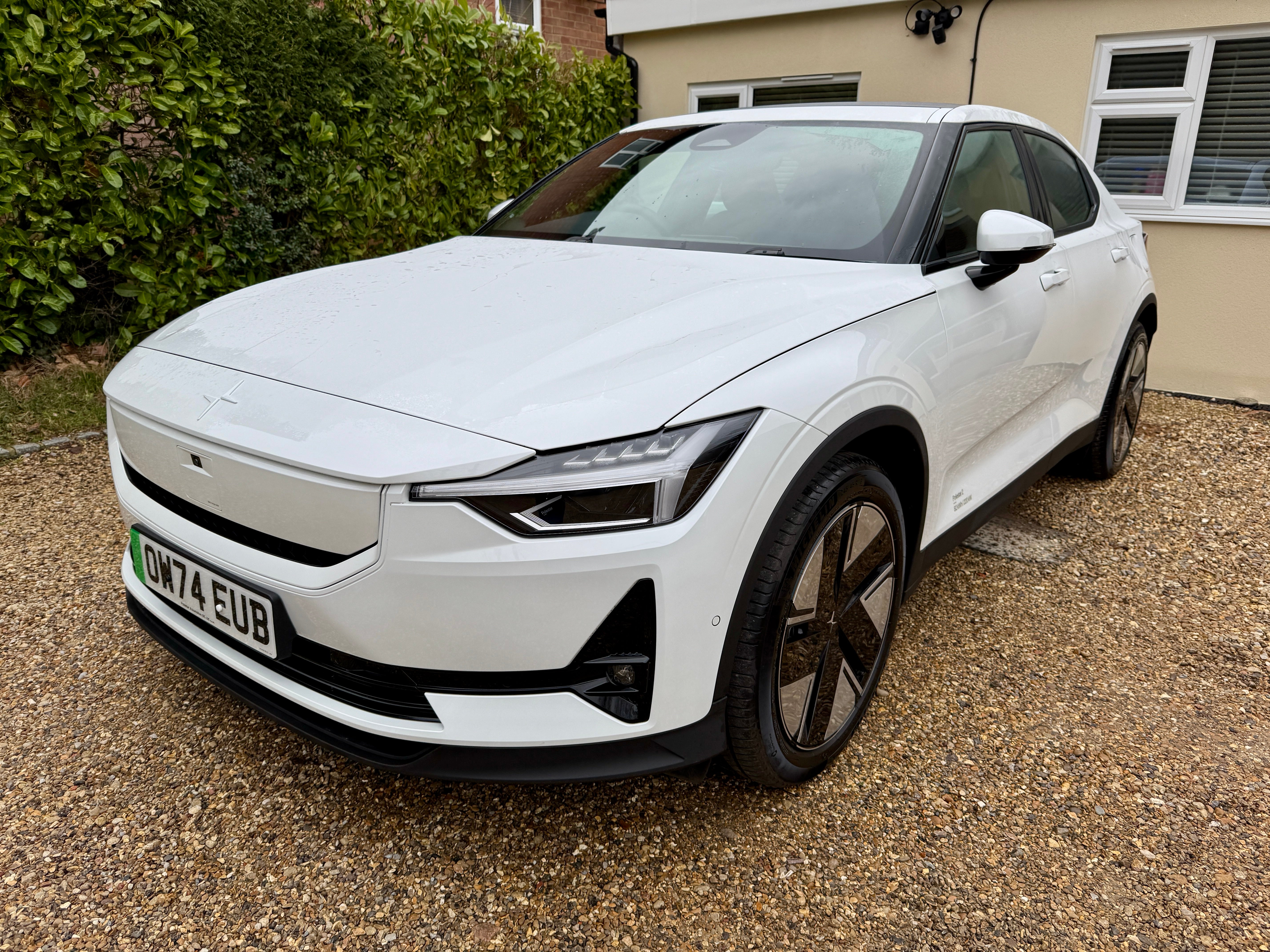Table of Contents
Your support helps us to tell the story
From reproductive rights to climate change to Big Tech, The Independent is on the ground when the story is developing. Whether it’s investigating the financials of Elon Musk’s pro-Trump PAC or producing our latest documentary, ‘The A Word’, which shines a light on the American women fighting for reproductive rights, we know how important it is to parse out the facts from the messaging.
At such a critical moment in US history, we need reporters on the ground. Your donation allows us to keep sending journalists to speak to both sides of the story.
The Independent is trusted by Americans across the entire political spectrum. And unlike many other quality news outlets, we choose not to lock Americans out of our reporting and analysis with paywalls. We believe quality journalism should be available to everyone, paid for by those who can afford it.
Your support makes all the difference.
Spun out of Volvo and owned by Chinese automotive giant Geely, Polestar started work as a separate brand in 2017 and has quickly grown into a respected EV maker from Sweden.
The 2 is its first fully-electric car and arrived in 2020, impressing with smart design, good build quality and the promise of up to 406 miles of range. The latter increased notably with a facelift in 2023 that also increased the maximum charge speed to just over 200 kW. It also has an impressive Android infotainment system by Google (plus there’s Apple CarPlay) and it drives well too, with a sporty poise.
Recent revisions were substantial, even though the look of the car remained broadly the same. Out went the entry-level front wheel-drive car with a heavily revised rear-drive model replacing it. More importantly for most people were the revisions to the suspension system, which has softened the ride to something that is now far more acceptable with a nice blend of comfort and control.
The rear cabin space is still tight with four adults onboard, while optional extras like an improved sound system are bundled into packs that, while convenient and sometimes discounted, can quickly add to the overall price. However, Polestar is realistic about the fact that the 2 is its oldest model, and deals on price and equipment are commonplace.
How we test
Our latest test in a Polestar 2 Long Range Rear Drive car in the UK revealed how different the car feels over bumpy and broken road surfaces – it now rides nicely. We tested it over hundreds of different roads in the south east of England, on motorways and doing chores around town, including with passengers on board.

Independent rating: 8/10
- Pros: Strong range and efficiency, Google infotainment, decent deals
- Cons: Limited rear head room, cable needed for Apple CarPlay connection
- Price range: £42,950 to £55,950
- Battery size: 69 to 82 kWh
- Maximum claimed range: 408 miles
- Miles per kWh: Up to 4.2
- Maximum charging rate: 205 kW
Battery, range, charging, performance and drive
There are four models of Polestar 2. The base, standard range model has a smaller, 70kWh battery and a single motor driving the rear wheels; it has a range of up to 343 miles and a 0-60 mph time of 6.2 seconds. Above this sits a version with the same single motor but a larger battery, giving it an impressive maximum range of 408 miles and a slightly quicker 0-60 mph time of 5.9 seconds.
Then there’s a dual-motor, all-wheel-drive version of Polestar 2, which has a range of 369 miles and a noticeably quicker 0-60 mph time of 4.3 seconds. Finally, this car can be ordered with the ‘Performance pack’ which increases power and lowers the 0-60 mph time to 4.0 seconds, but also impacts the range, which falls to 352 miles.
The smaller battery charges at up to 135 kW and takes as little as 34 minutes to fill from 10 to 80 percent at a public DC charger. The larger 82 kWh battery charges at up to 205 kW and lowers that fill time to 28 minutes. Both take between seven and eight hours to fully charge via an 11 kW home wallbox.
The latest changes to the Polestar 2 have been something of a revelation to the way it drives. Older 2s had an overly firm ride, but Polestar has reacted to criticism and softened things considerably so the car is now not only bearable, but enjoyable to live with over all sorts of surfaces. Yet the crispness of the steering and surety of the handling hasn’t been diminished – this is a fun car to drive.
Interior, practicality and boot space
The Polestar 2 is a five-seat, four-door car with a cabin that looks and feels of high quality. Several interior fabric options are available, including animal welfare-traced Nappa leather and a vegan material called WeaveTech – Polestar has some of the best sustainability credentials in the auto industry. Heated seats with partial electrical adjustment come as standard, while fully-electric adjustment and seat ventilation are part of the Plus pack, which normally costs £4,000 but was free at the time of writing.
As with most other EVs, the Polestar 2’s interior is devoid of physical controls for the cabin temperature and most vehicle settings, since these are accessed via the central touchscreen, but are easily accessible whatever’s on the main display. Physical buttons remain on the steering wheel, thankfully, and the Polestar 2 has traditional stalks for the wipers, lights and indicators, unlike the Tesla Model 3. There’s also a traditional gear selector and the cabin is generally one that feels approachable and familiar, even if this is your first EV.
Rear headroom is slightly compromised by the sloping roofline, but the 2 is otherwise a pleasant place to spend many hours. The boot capacity is 407 litres and the frunk under the bonnet offers an extra 41 litres.

Technology, stereo and infotainment
The Polestar 2 runs Google’s Android Automotive infotainment system, which gives native access to Google Maps, Spotify, the Play store and voice control with Google Assistant. It’s an excellent system that works well, especially once you are logged in with your existing Google account. iPhone users are also catered for, as CarPlay can run full-screen within Android Automotive, but it does need a wire to connect, which seems a little old-school.
Polestar’s user interface is one of the better ones, with settings menus that are clean, clear and simple to navigate at a glance – although, as with any modern car, some acclimatisation is required. This all runs on an 11.2-inch touchscreen, and there’s also a digital driver’s display behind the steering wheel. Other tech includes four USB-C ports and a 15-watt wireless phone charger.
A premium sound system by Harman Kardon is available, but only if you purchase the £4,000 Plus pack, which also includes a panoramic glass roof, enhanced interior lighting, fully-electric front seats, a heated steering wheel, and the ability to use your smartphone as the key.
Prices and running costs
Polestar has a raft of offers it regularly rolls out on the Polestar 2, so the current ‘seasonal offers’ include £2,000 discounts and Plus and Pilot packs thrown in, too. There’s also the offer or a free home charger if you don’t already have one. We would recommend skipping the cheapest variant and instead go for the long-range, single-motor car, which offers over 400 miles of range for just under £47,000.
Running costs are low if you try to avoid expensive public chargers – something you’re more likely to achieve in the Polestar 2 than some other EVs, given its generous range and efficiency.

Polestar 2 rivals
FAQs
How long does it take to charge?
A 2023 facelift increased the Polestar 2’s maximum charge rate to 205 kW. This means it can fill from 10 to 80 percent in as little as 28 minutes (or 34 minutes for the smaller battery, which can only charge at 135 kW). Charging with a wallbox at home takes between seven and eight hours for both variants.
How much does it cost – is it worth it?
The Polestar 2 is priced from £42,950, but the company sometimes runs deals and discounts. All four variants were reduced at the time of writing, as well as the Plus pack, with total savings being up to £9,000.
Does Polestar replace batteries for free?
The Polestar 2 comes with a battery warranty that lasts for eight years or 100,000 miles, whichever comes first. If the battery’s maximum capacity falls below 70 percent in those eight years, Polestar will replace the battery for free.
The verdict: Polestar 2
The Polestar 2 is a stylish and sophisticated Swedish EV that now drives much better than early cars. We’ve always liked how it looks, inside and out, and the Google-based infotainment system with Google Maps works well. The single-motor, rear-drive big-battery model is the one to buy.

